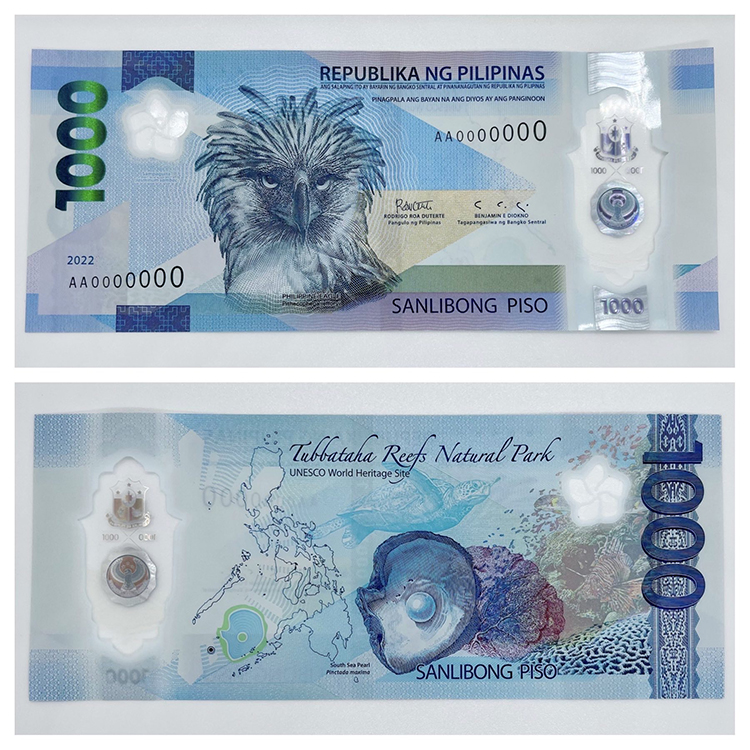The unauthorized reproduction of Philippine banknotes was “prohibited”, according to BSP.
BSP — The Bangko Sentral ng Pilipinas reminded the public on Wednesday that printing any image or likeness of Philippine banknotes without approval was prohibited.
The central bank said in a statement that doing so may result in legal action.

BSP’s statement came after the central bank and the National Bureau of Investigation (NBI) earlier arrested an individual suspected of selling cash envelopes using the image and design of the P1,000 new generation currency (NGC) banknote.
Under BSP Circular No. 829 series of 2014, the printing or reproduction of the image of any legal tender or any part without approval from the central bank was subject to “imprisonment of not less than five (5) years, but not more than ten (10) years”.
The Bangko Sentral ng Pilipinas said that the reproduction of the images of Philippine banknotes was only allowed if authorization or approval from the central bank has been secured.

According to the central bank, samples of allowed reproduction pending BSP approval were for educational, numismatic, historical, newsworthy, or other relevant purposes that will “maintain, promote, or enhance the integrity and dignity of the Philippine currency”.
“The public may request approval from the BSP to print or reproduce images of Philippine banknotes through the PCIG at email address [email protected],” the BSP said.
Earlier, the central bank intensified the crackdown on fake P1,000 banknotes.
READ ALSO: BSP Reveals P20 NGC Coin Among Finalists Of World’s “Best New Coins”
Based on a report on ABS-CBN News last December, the BSP Payments and Currency Management Sector said that it was still investigating the circulating images of fake P1,000 banknotes.
On April 2022, the central bank was scheduled to start a pilot test for P1,000 polymer banknotes in order to determine if the plastic banknotes were more durable and harder to counterfeit.
According to the central bank, the P1,000 banknote was chosen for the pilot test because it’s the most counterfeited banknote.
For more news and updates, you may feel free to visit this site more often. You may also visit Newspapers.ph via our official Facebook page and YouTube channel.
